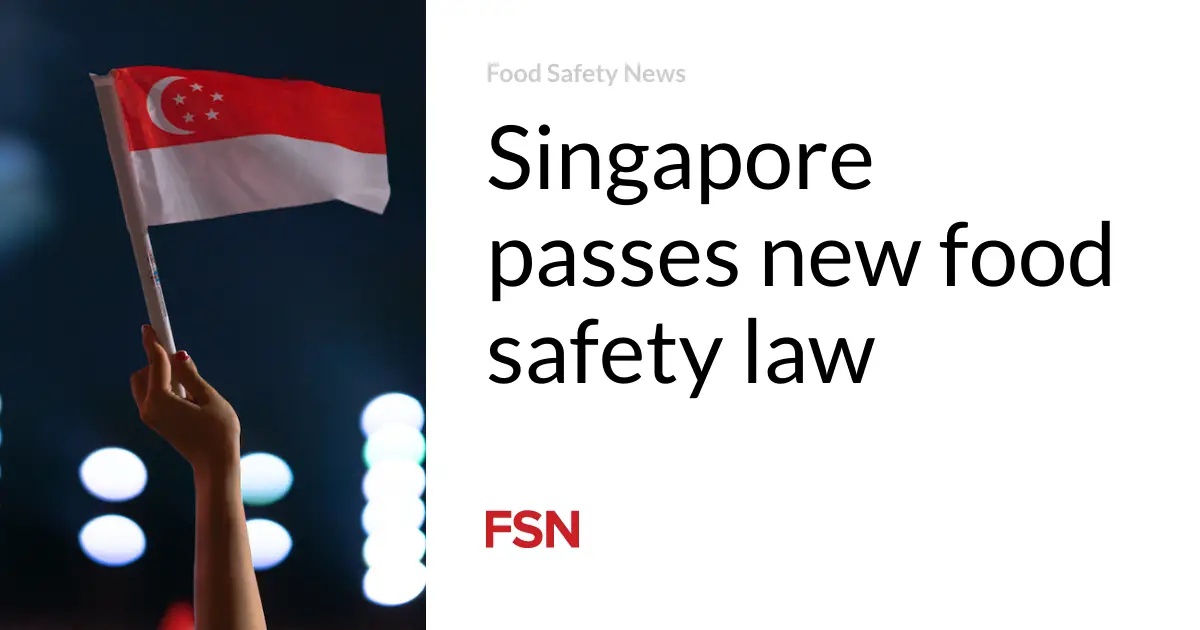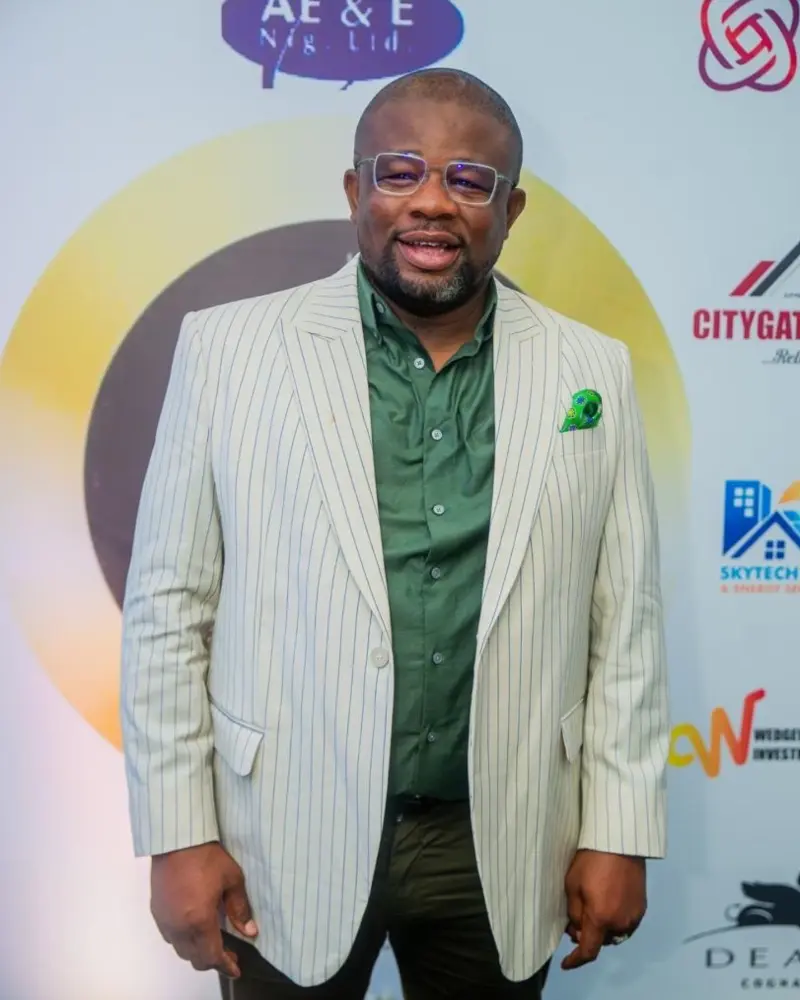Milan men’s fashion week is where all the big Italian names converge. It’s where Prada dictates what trouser shape everyone will one day be wearing and where Gucci drops the next it-bag. But as the shows got under way at the weekend an unexpected new trend was emerging: the great fashion Brexit.
Just four months after making his debut as creative director of Dunhill at London fashion week, Simon Holloway instead chose the Italian capital for the brand’s spring/summer ’25 show. On Sunday he aimed to recreate “the sense of a beautiful spring day in England” by showing in a garden in Milan.
Martine Rose, the cult London designer whose clothing riffs on traditional codes of masculinity such as football and club culture, and is loved by celebrities including Kendrick Lamar, has also defected this time. Showing directly after Prada on Sunday, Rose took a prime spot on the schedule, which has more than 80 events and runs until 18 June.
David Koma has been showing womenswear in London since 2009 – his glamorous designs have been worn by Rihanna and Beyoncé – but for his menswear debut he decamped to Milan, while this month Paul Smith headed to Florence as a guest designer at Pitti Uomo.
Gianluca Borghi, chief executive of 10 Corso Como, a luxury concept store in Milan, says the Italian city’s fashion week is gaining more power. Borghi says different fashion cities dominate at different times, but “Milan offers a rather peculiar and almost unique scenario, thanks to the combination of a preferred location for both the creative world and its business counterpart.”
The exodus of British talent is a blow for the fashion scene in London already hit by Brexit, the abolition of tax-free shopping for tourists and the cost of living crisis.
Rose has spoken about feeling “very disheartened and sad about the landscape of London fashion, really demoralised”. Half of her team is now based in Milan. Holloway says that while London is “the epicentre of creativity”, commercially it makes sense to focus on Milan.
It is a marked contrast to the 2010s, when Rose showed in London alongside a host of pioneering designers. Victoria Beckham, once a key London draw, moved her show to Paris in 2022 and since then Grace Wales Bonner and Bianca Saunders have followed suit.
While Paris has earned its moniker as the fashion capital of Europe, more recently it is Milan – once regarded as a slightly dull and industrial city – that has creatives flocking to it.
Brexit has played a key role in increasing its allure. A generous tax incentive introduced in 2015 to entice Italians back to their homeland – and later expanded to include foreigners – has also proved fruitful. And you can add to the mix the country’s recent introduction of a digital nomad visa, which allows non-EU nationals earning more than €28,000 (£24,000) to relocate and work remotely, and the fact that fashion is taken seriously as an industry.
Lisa Bridgett, a fashion tech entrepreneur who recently relocated to Milan after stints in London and Paris, describes fashion as “the lifeblood of the city”.
“Here, la bella figura, which means to put your best face forward, is a way of life,” she says, explaining how typical it is to hear “not just fashion people” discussing the length of a shirt sleeve or type of collar.
after newsletter promotion
Koma says the city’s reverence for fashion was a key factor in his decision to make his menswear debut in Milan. “I wanted to bring in new voices and a fresh audience,” he says. “The men really do love fashion here so I think it will be more interesting to get their reaction.”
Olya Kuryshchuk, the founder and editor-in-chief of 1 Granary, a fashion education platform and creative network, believes that the logistical challenges, including higher venue costs, posed by the upcoming Olympic Games in Paris is also benefiting Milan.
But she is doubtful that the city can steal Paris’s crown. “With London rapidly loosing its advantages primarily due to Brexit, Paris will stay the most important hub for independent brands as that is where the majority of the buying is happening,” she says.
While Holloway’s commercial and sales teams have recently relocated to Milan, he is keen to keep as much of Dunhill’s manufacturing in the UK as possible. More than 60% of its fabrics are woven in the UK and he says working with heritage mills and specialists in Scotland and the north-west of England is “core to the brand’s identity”.
“We exist in a marketplace that is dominated by Italian menswear,” he says. “We are able to offer something rarefied. The hand of Scottish knitwear is very different to what they do in Italy. So using British manufacturers is of paramount importance to us.”






